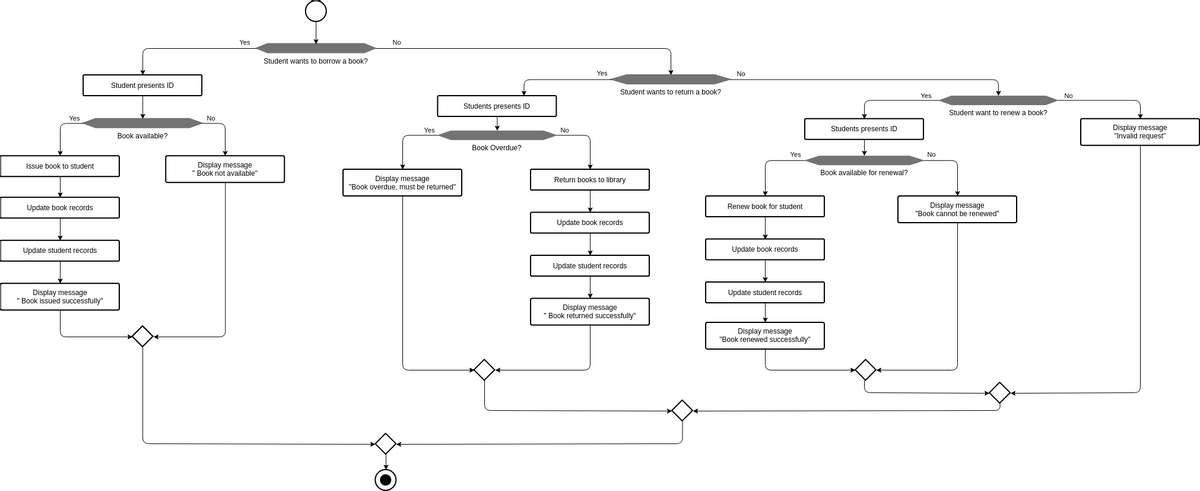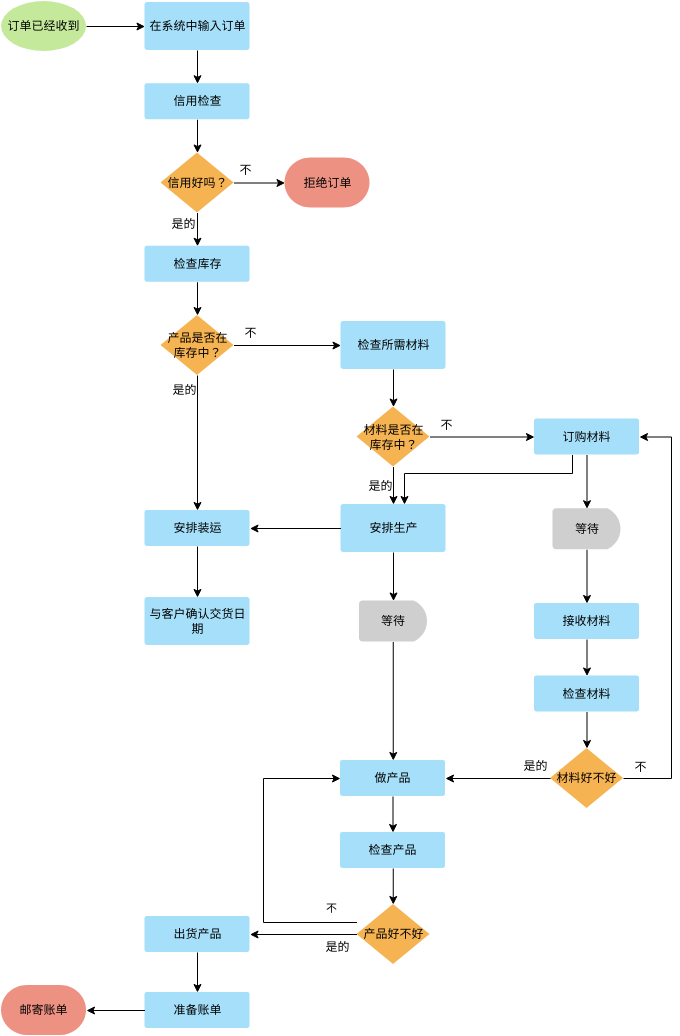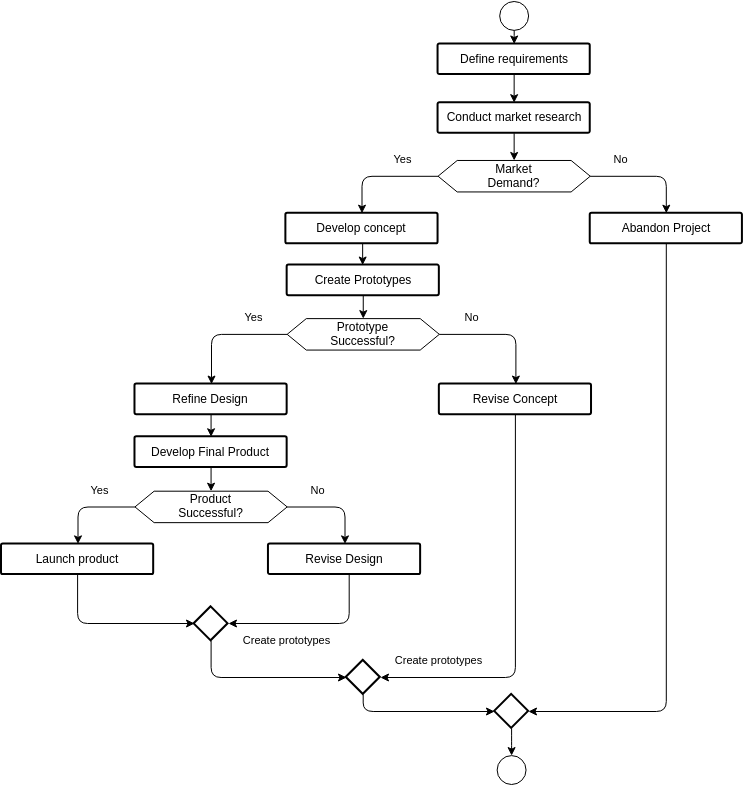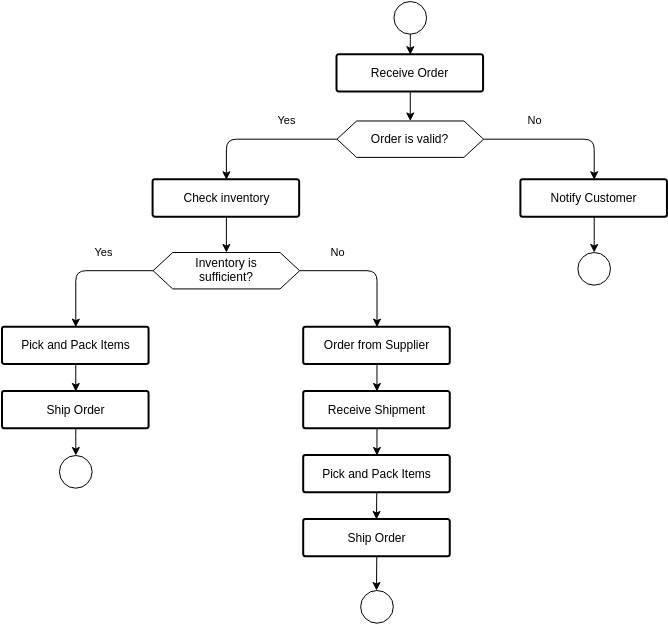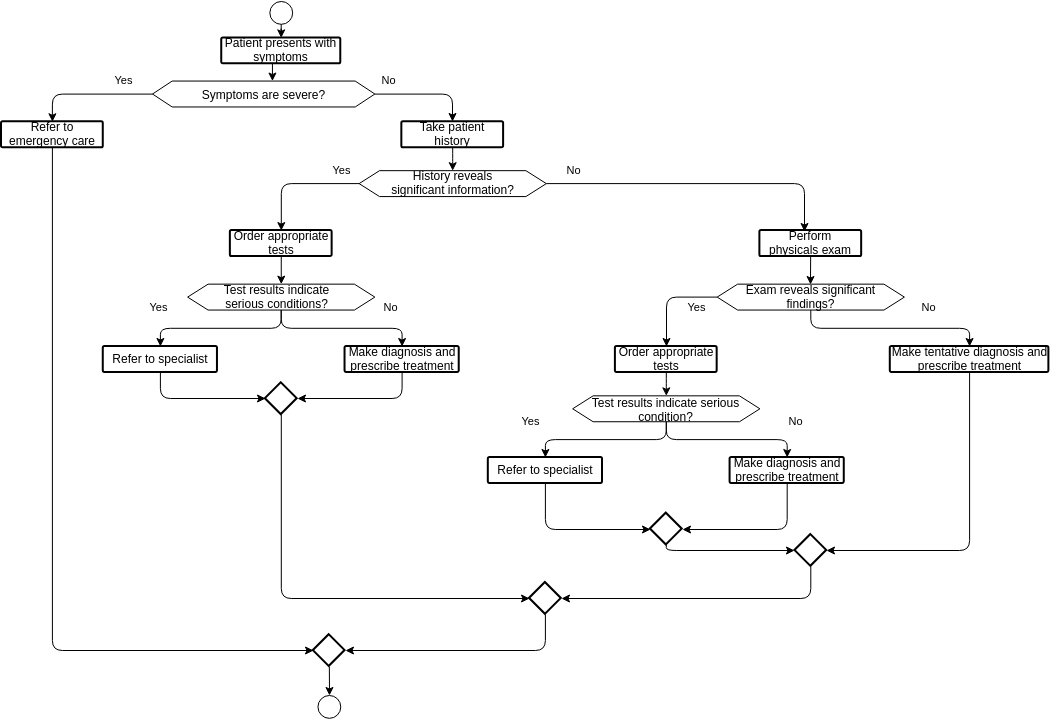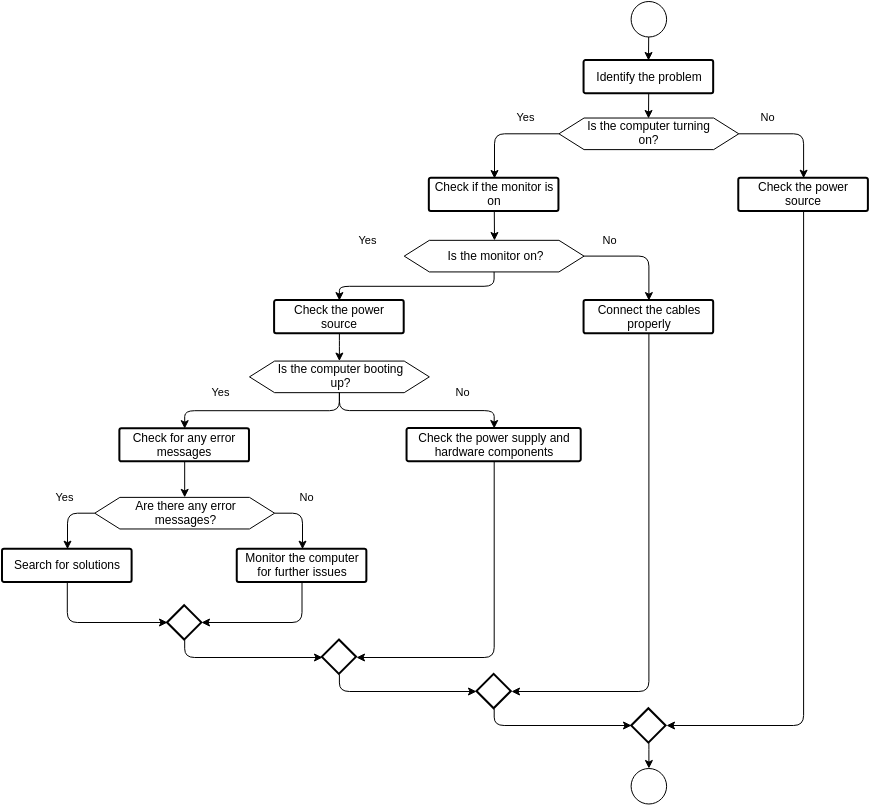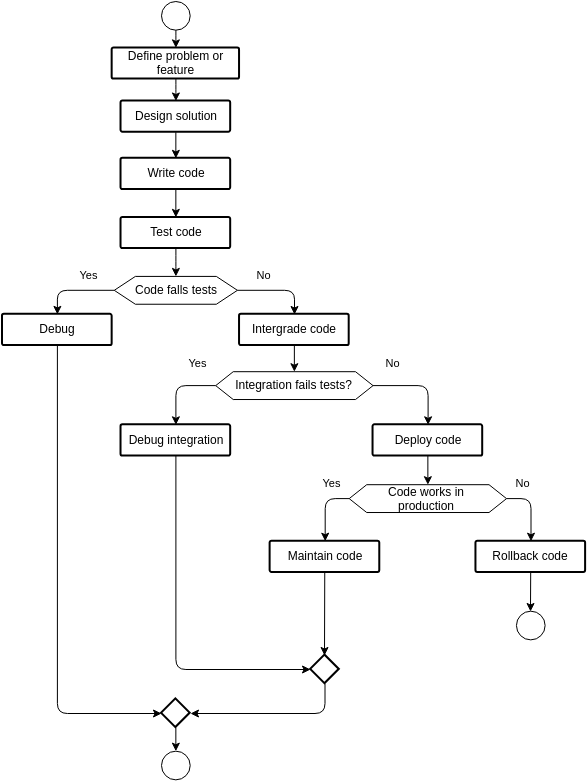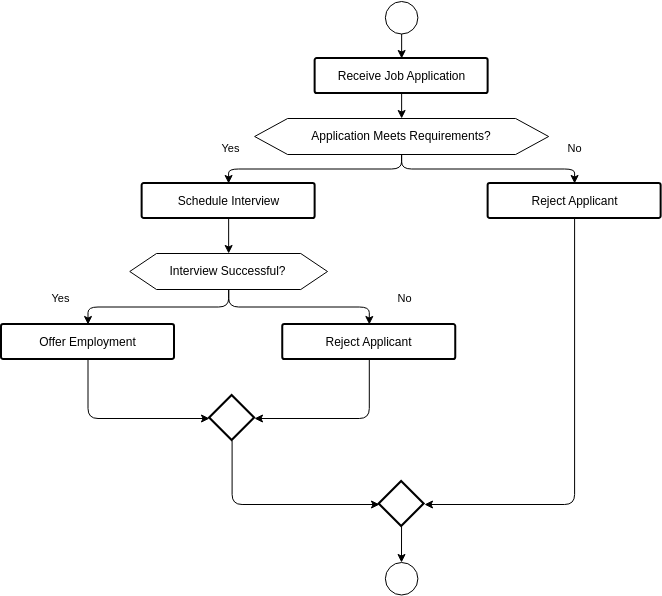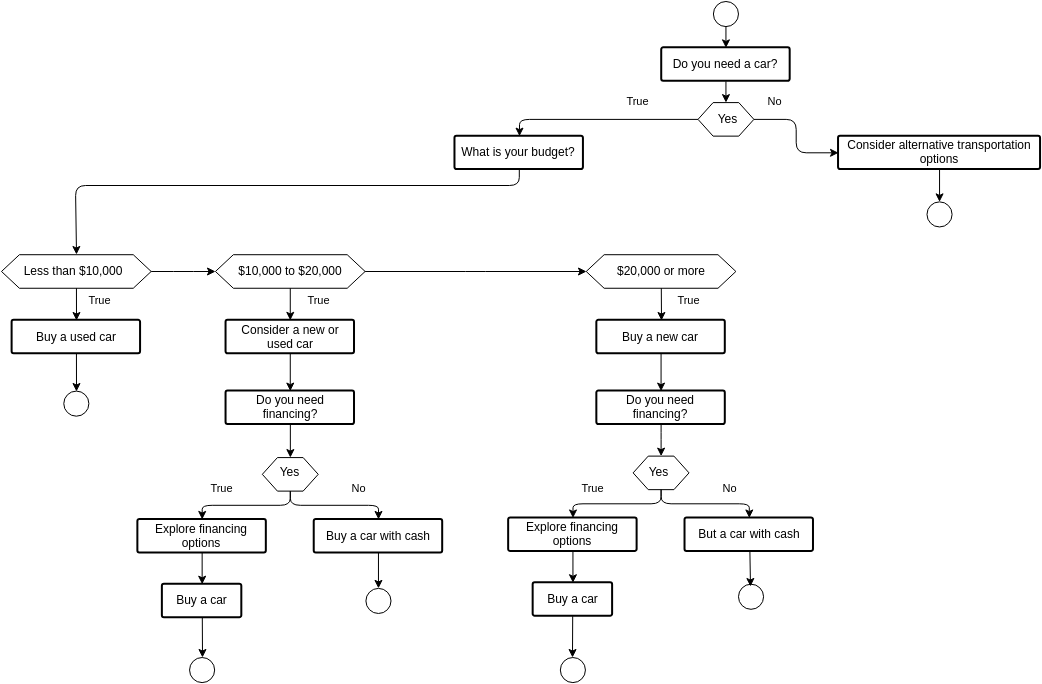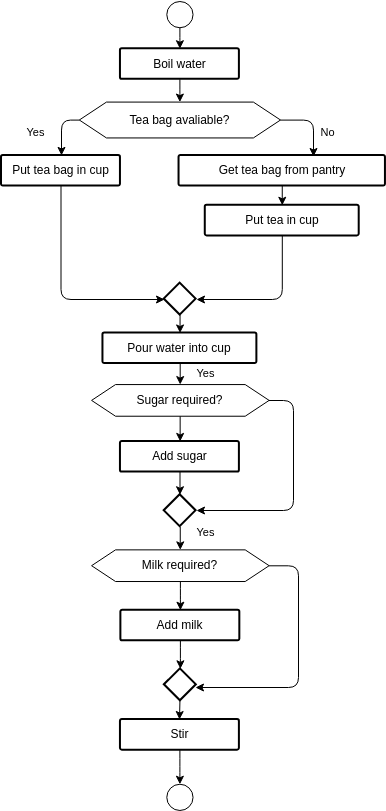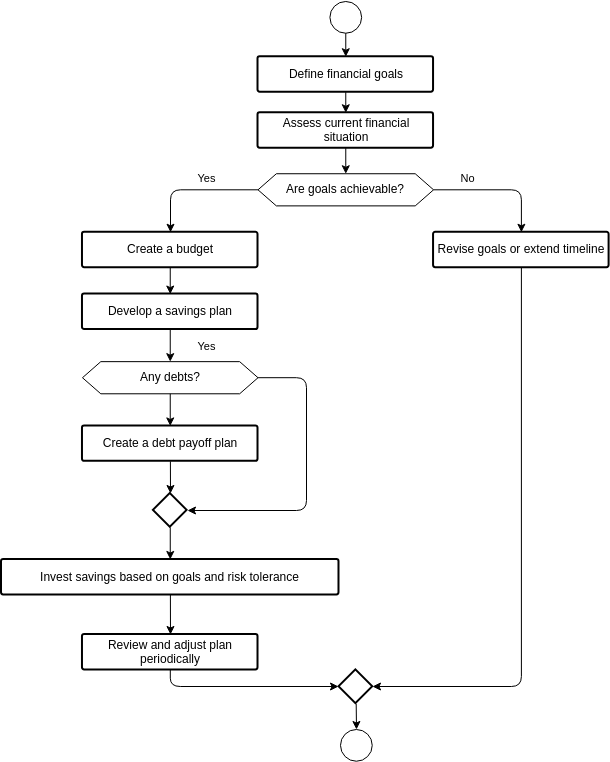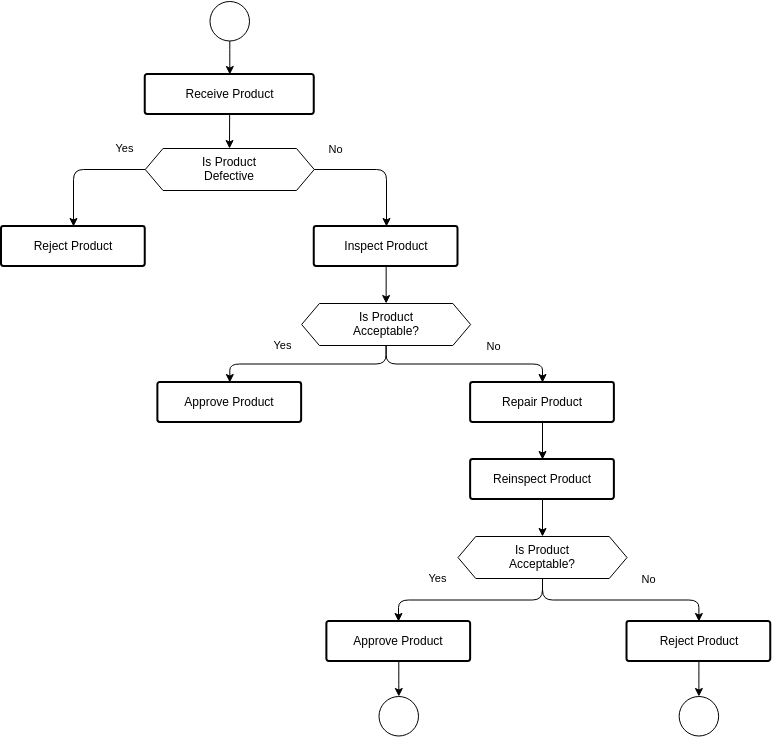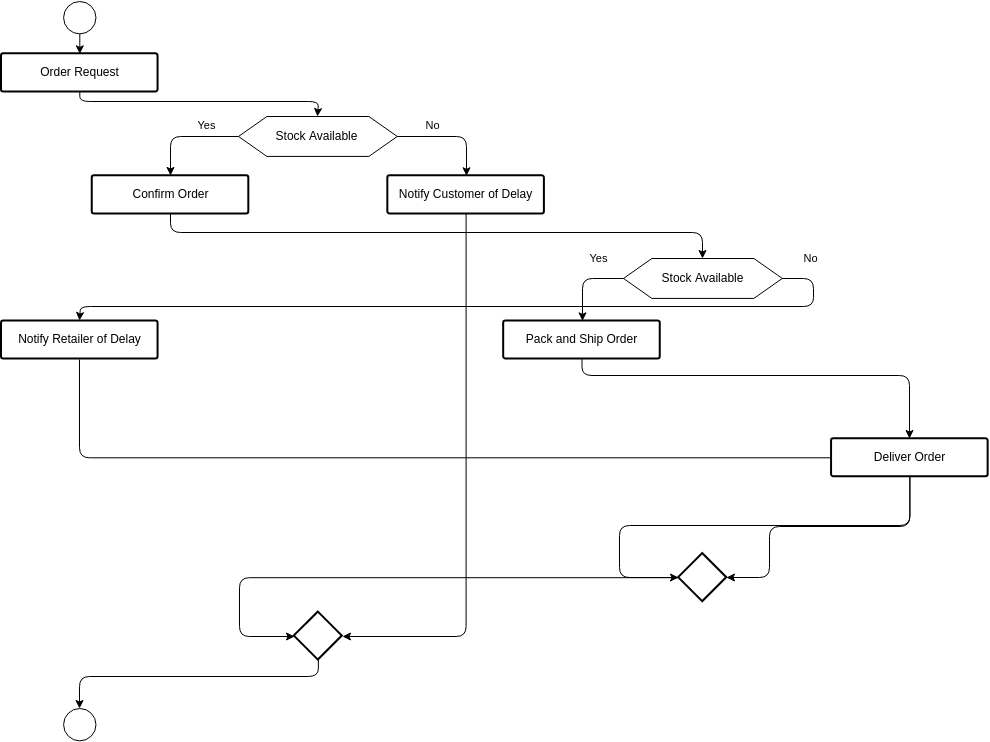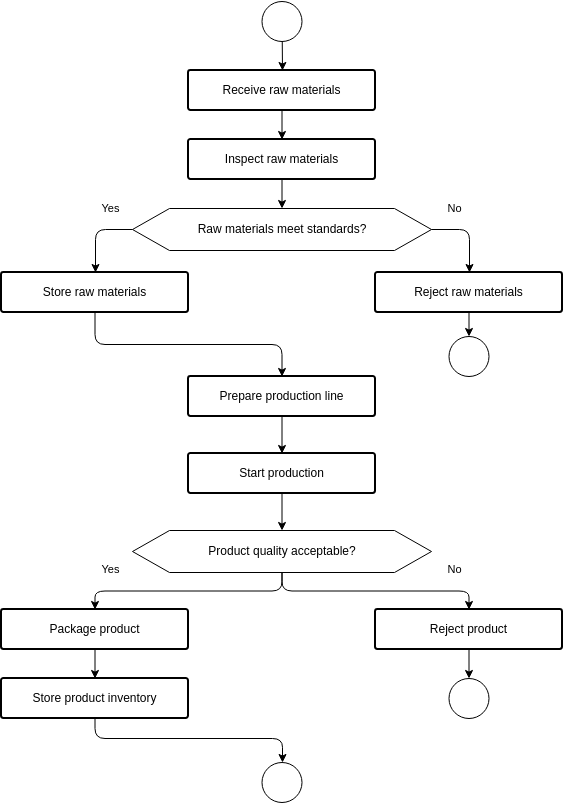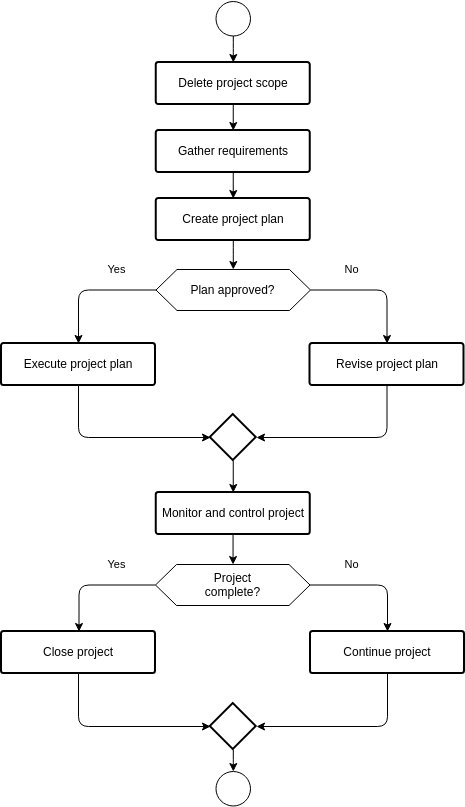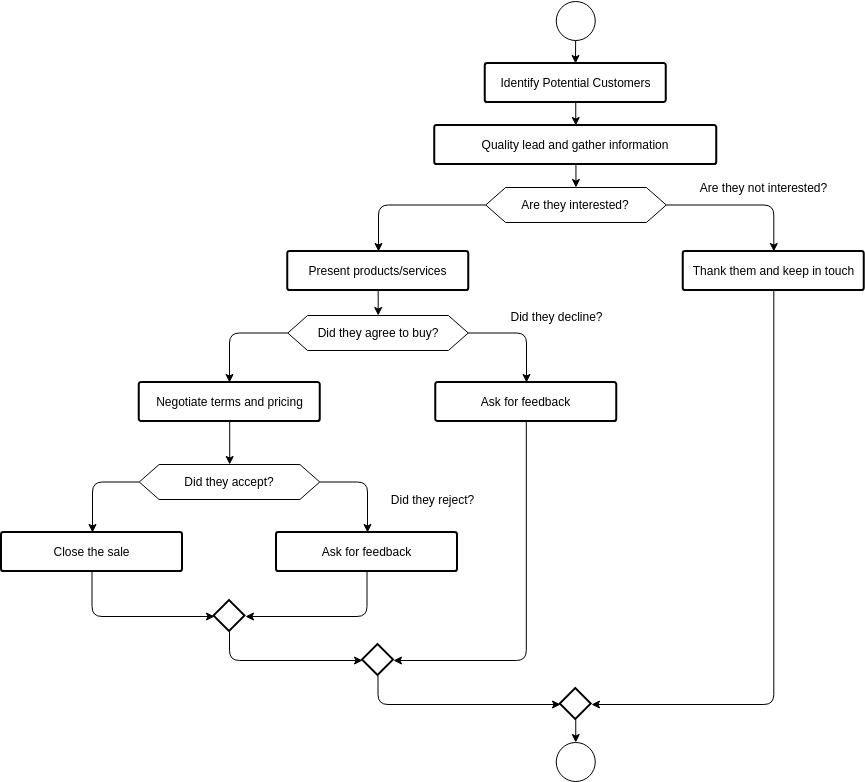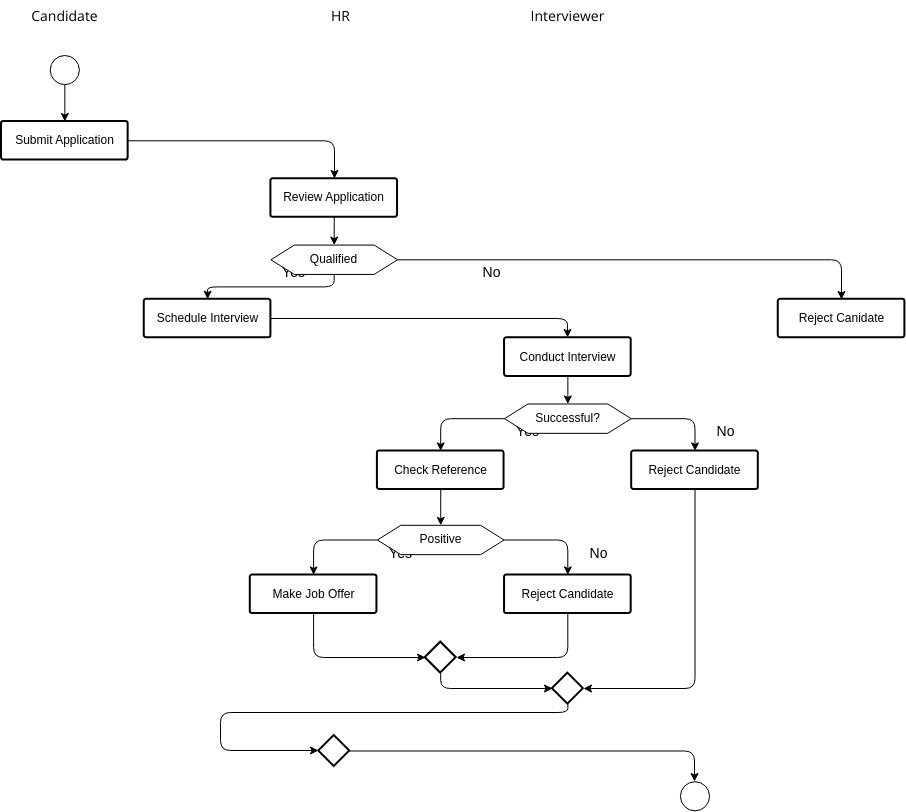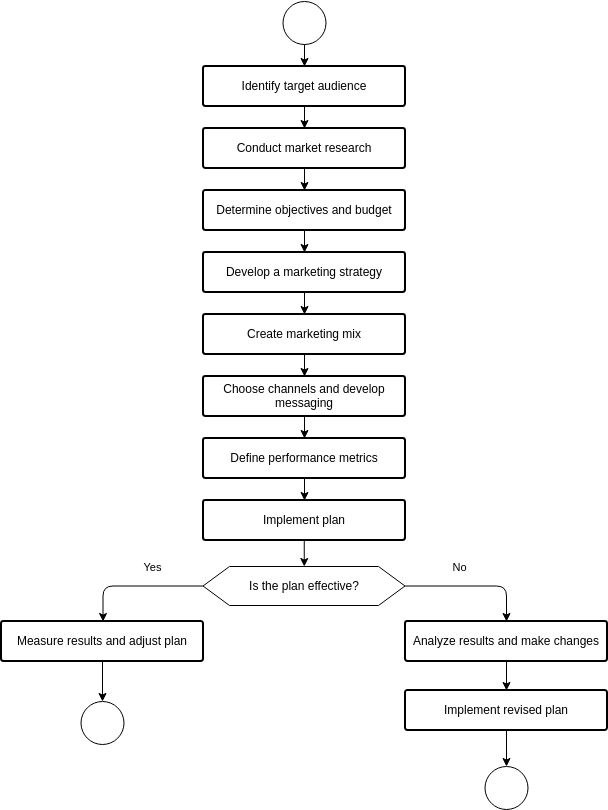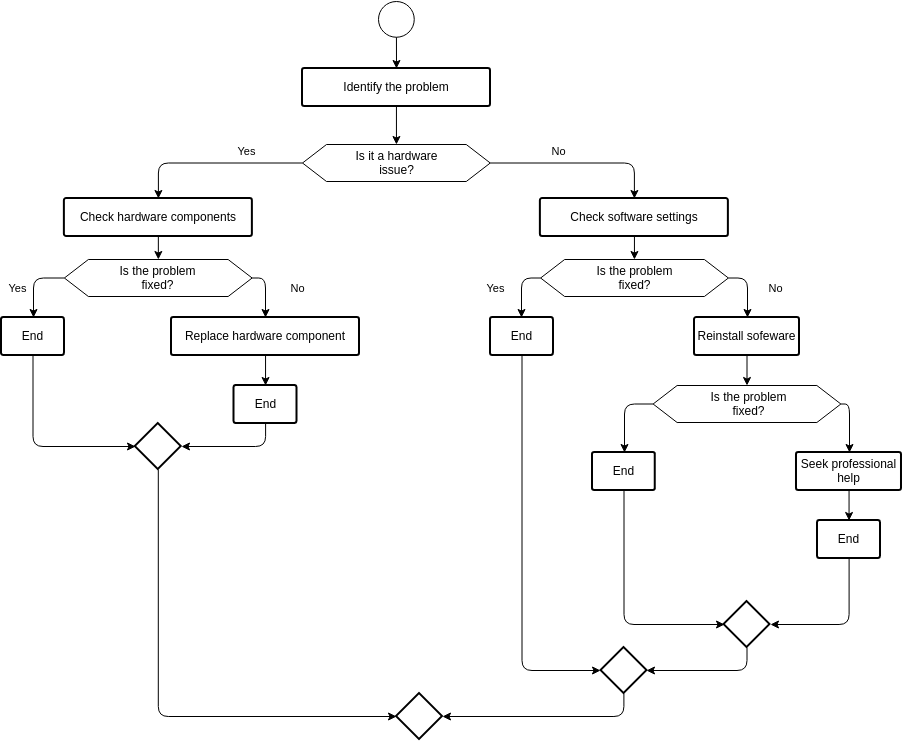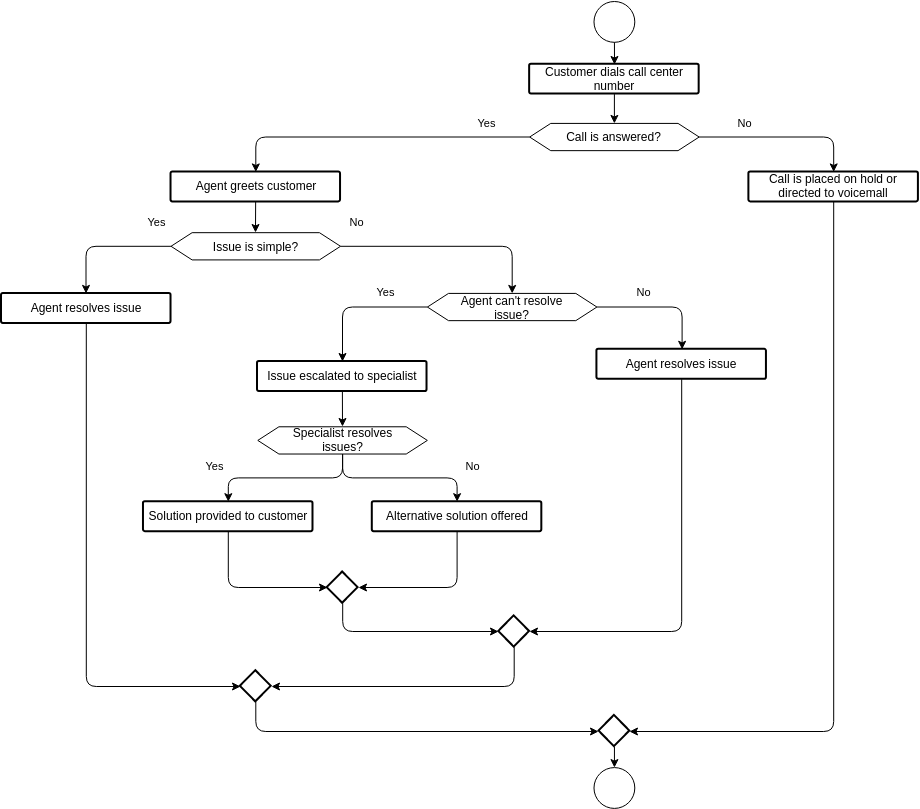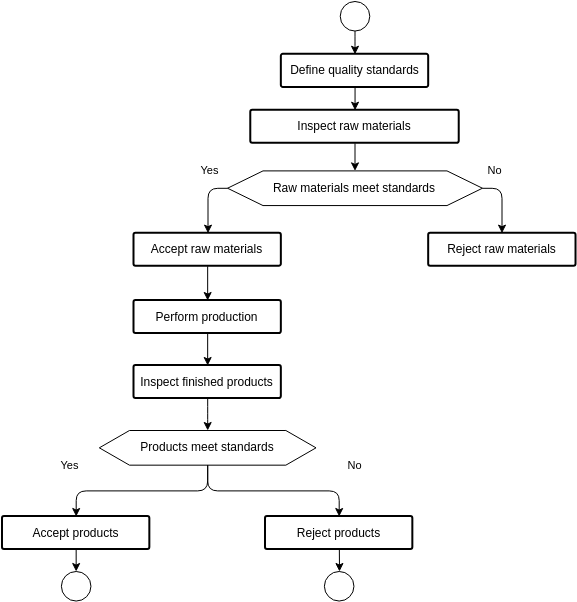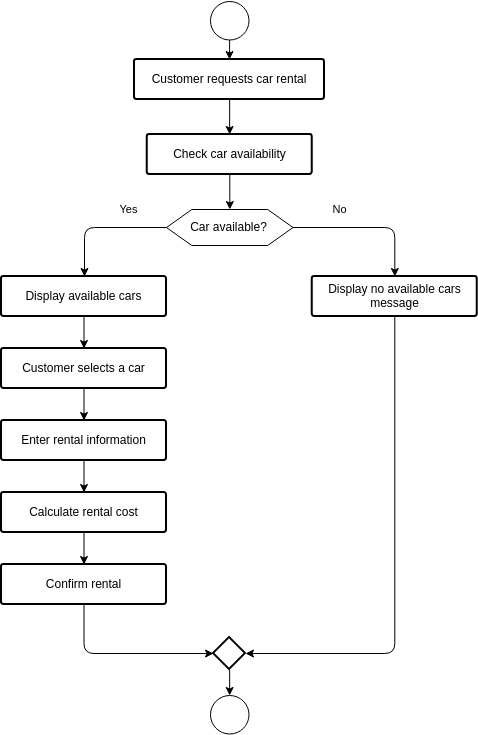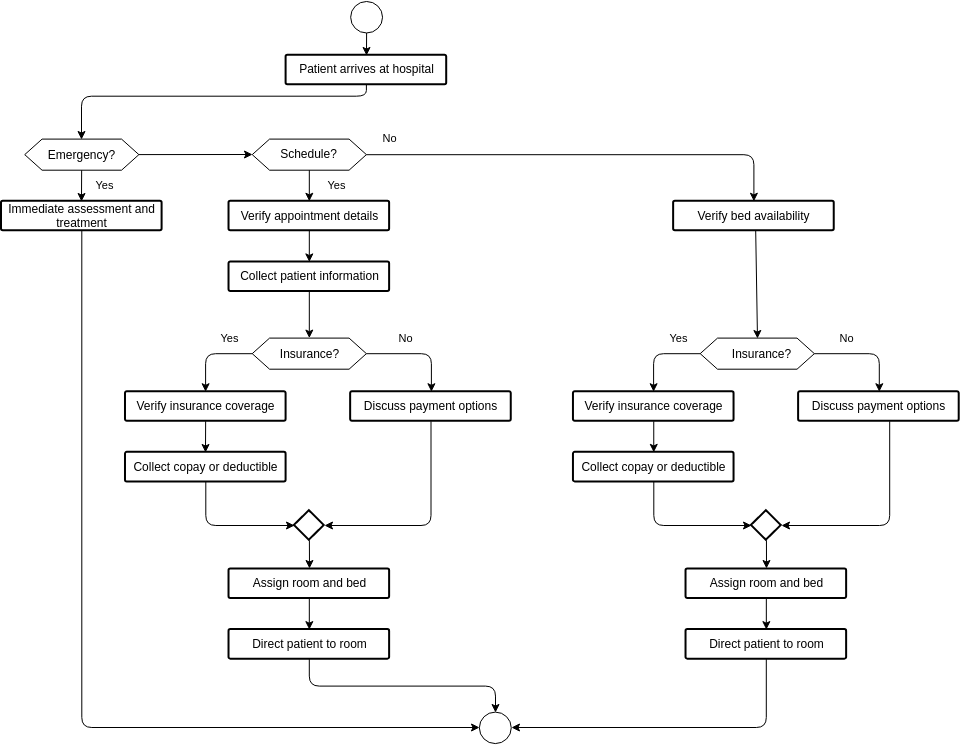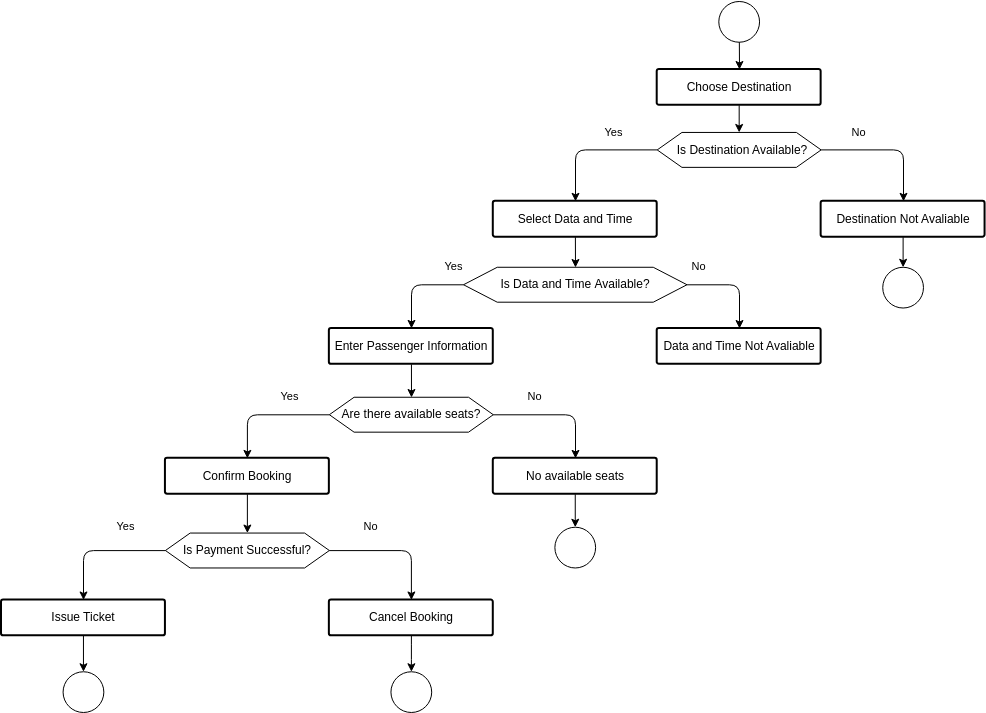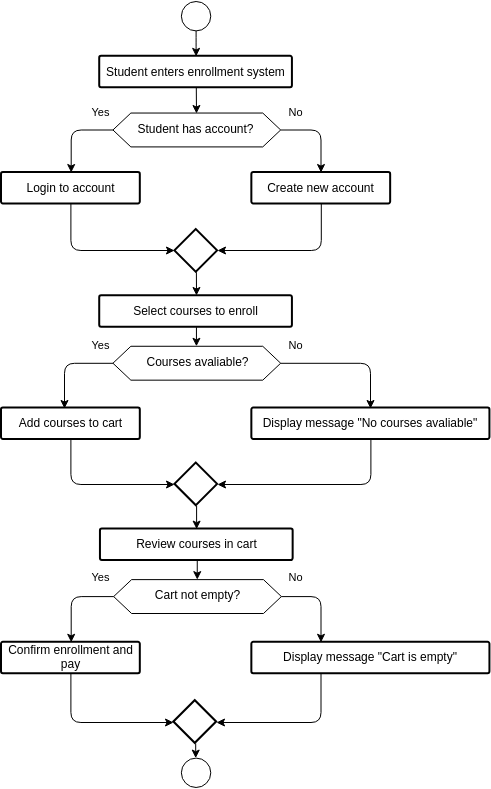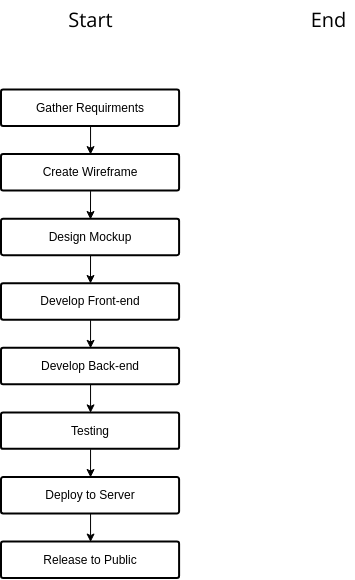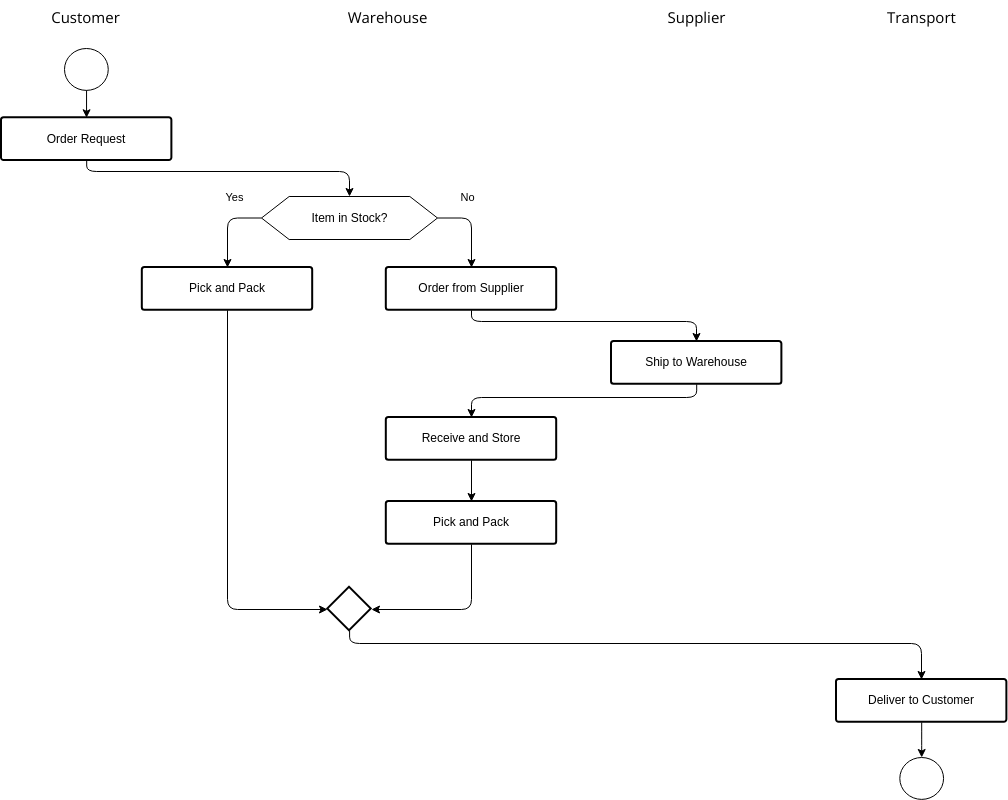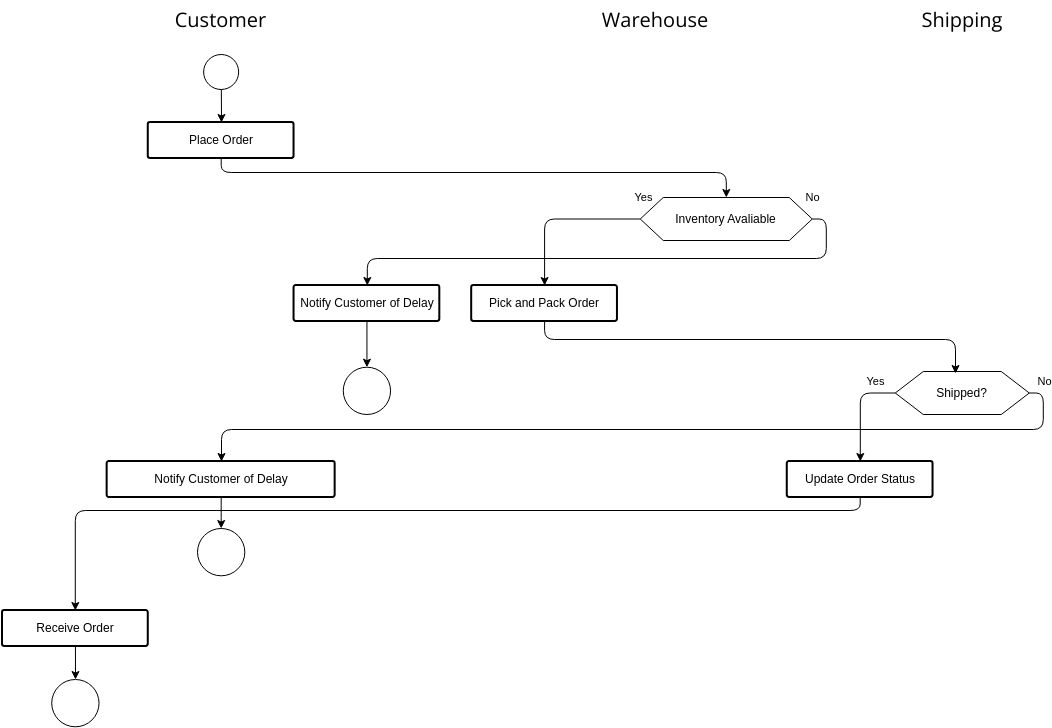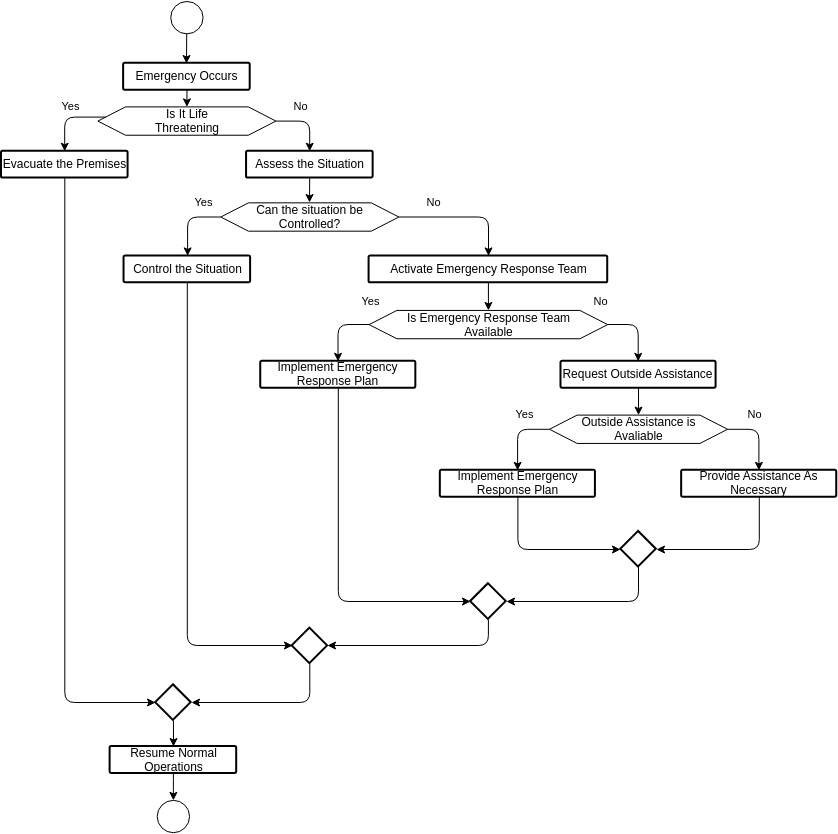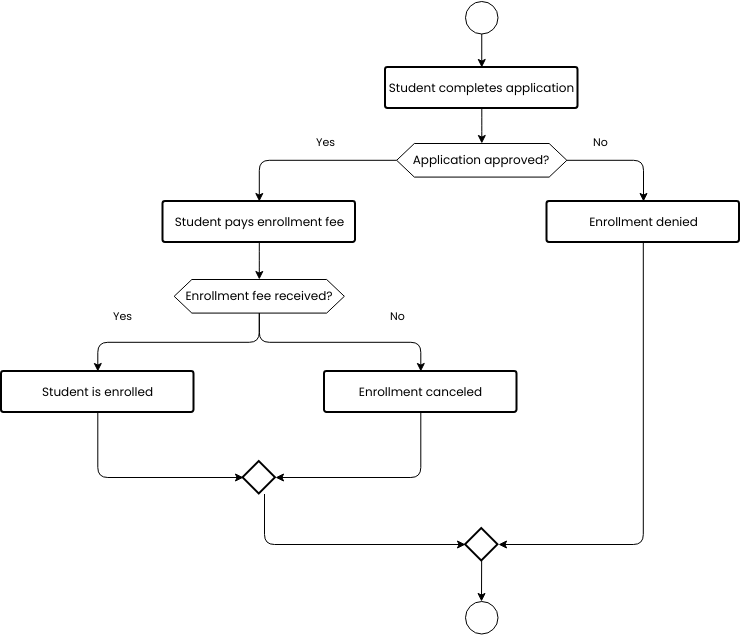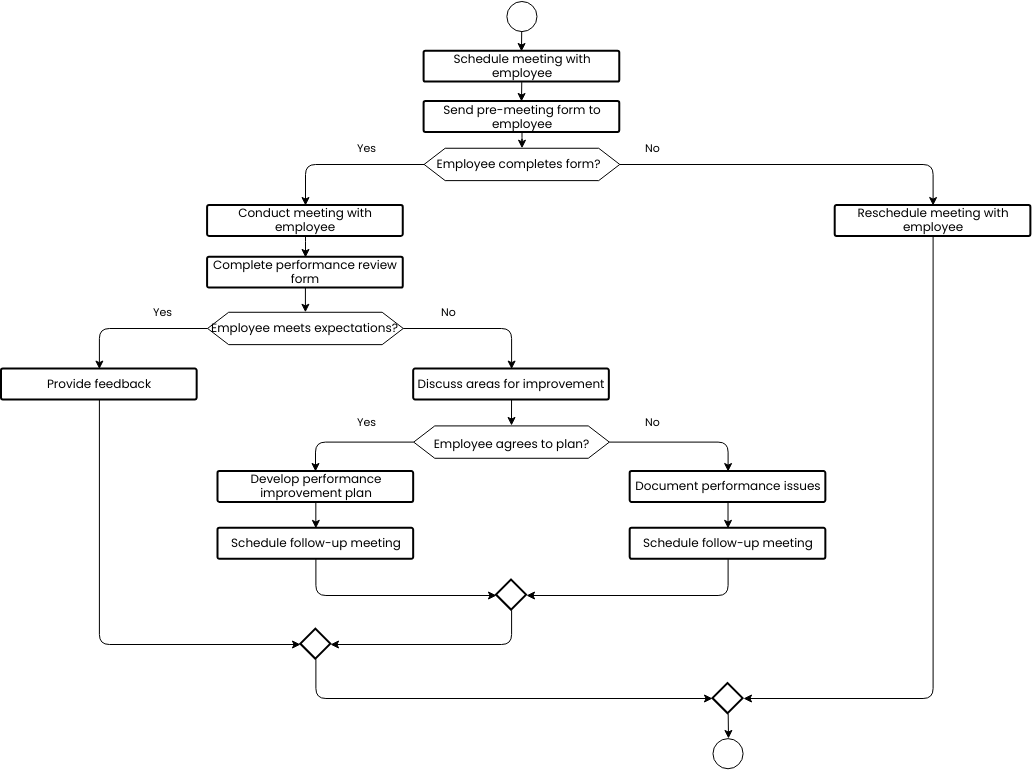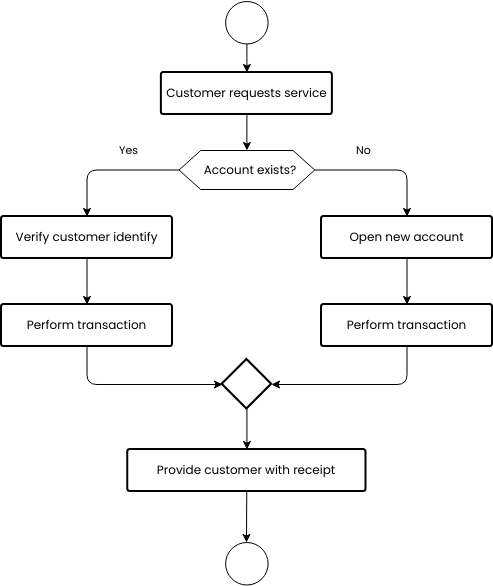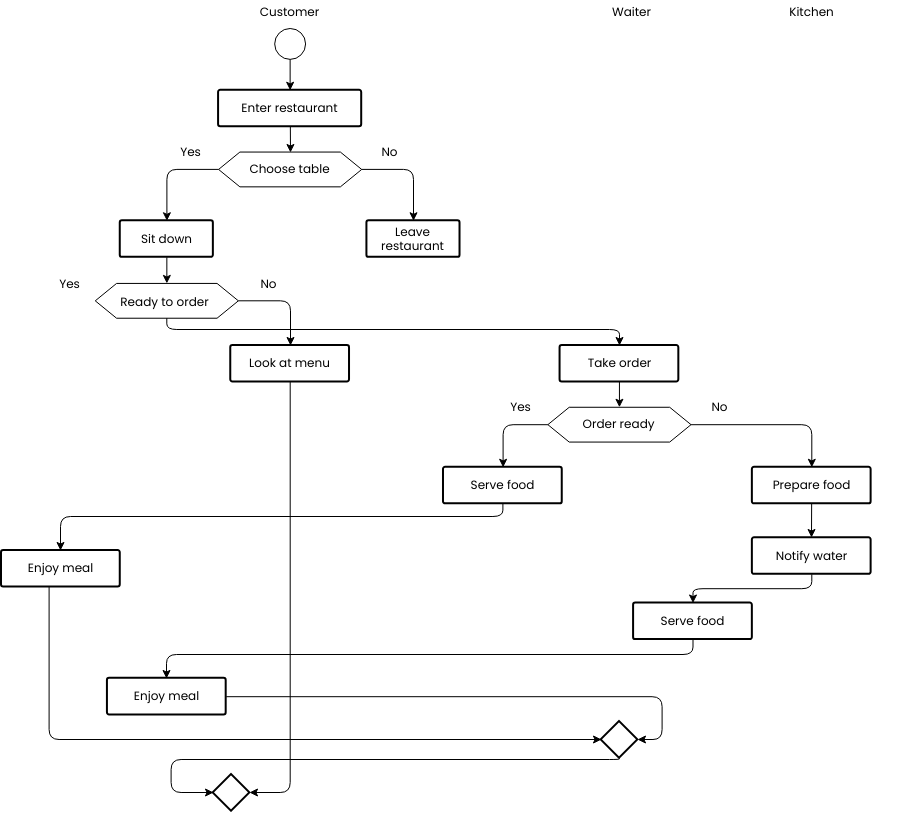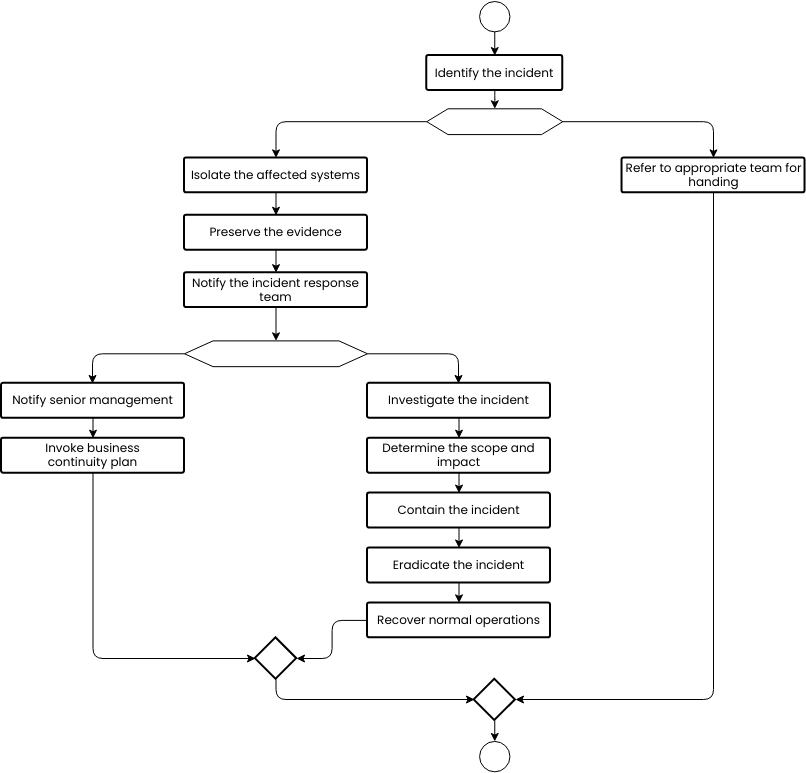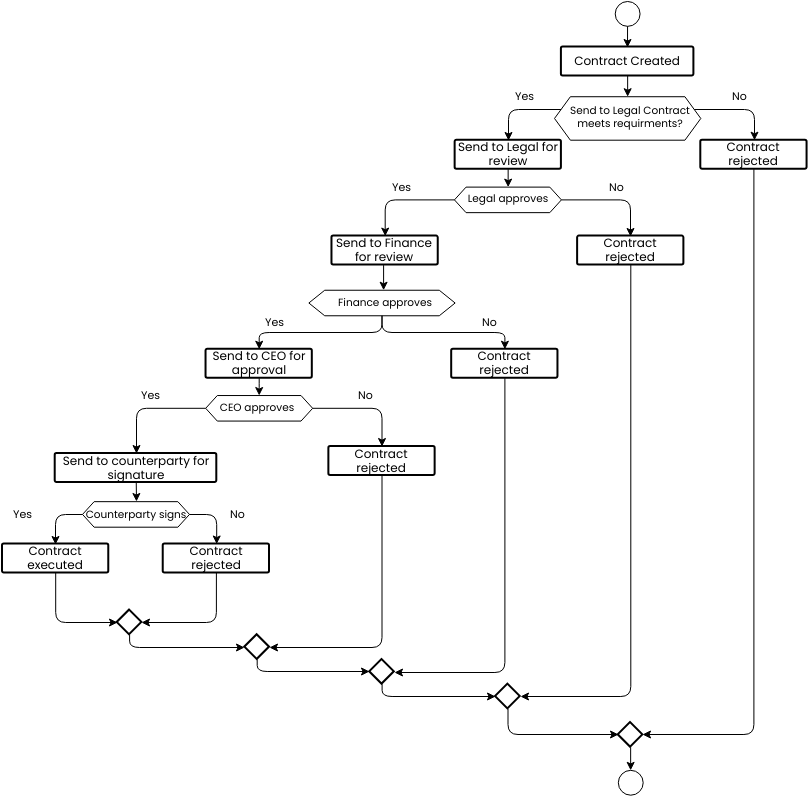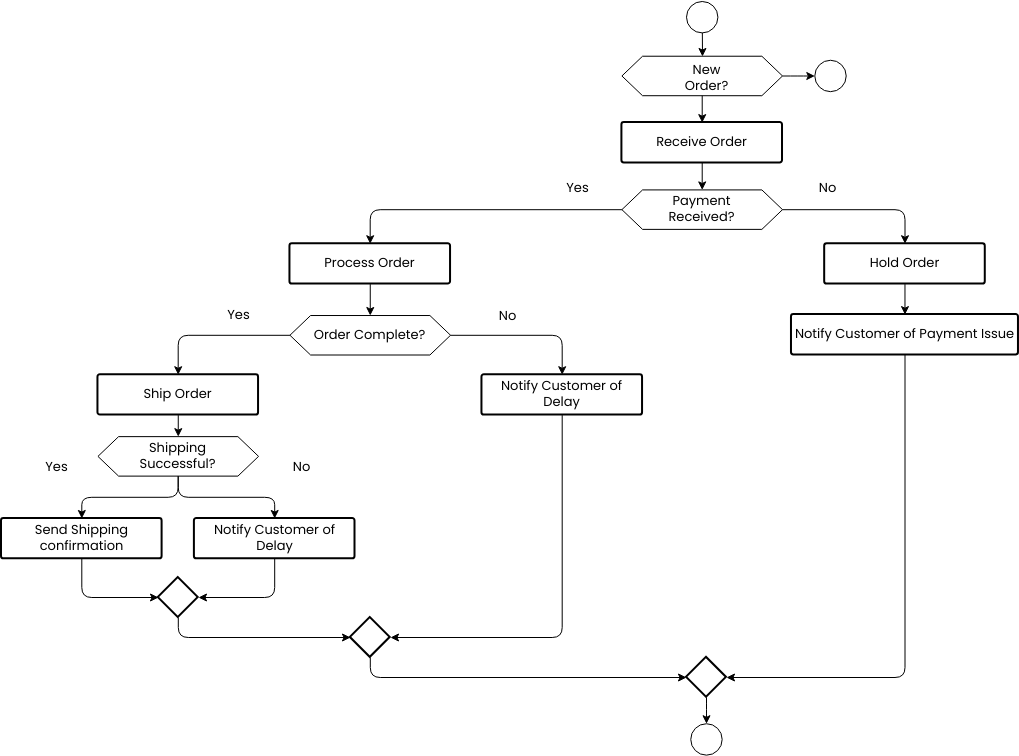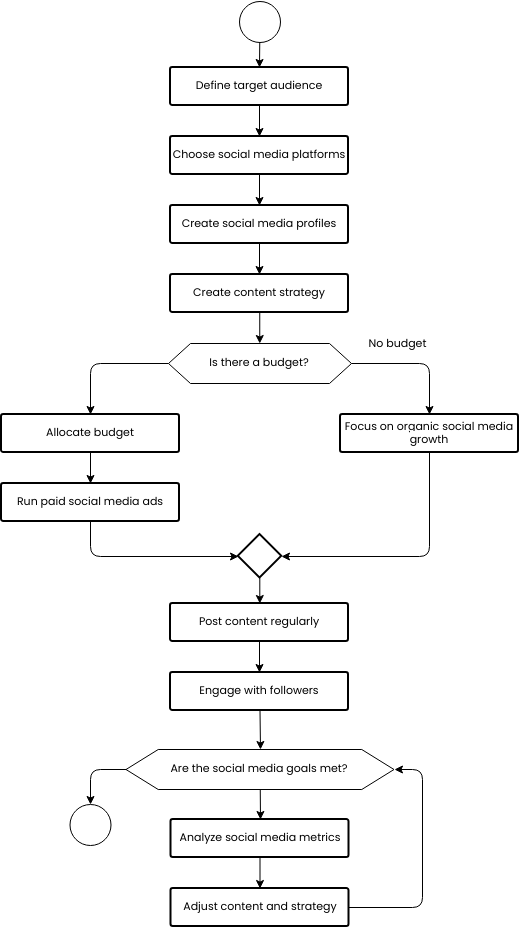The Borrowing, Returning, and Renewing Books flowchart is a diagram that outlines the process of borrowing, returning, and renewing books at a library. The flowchart is a visual representation of the steps that need to be taken to successfully complete these tasks. The first step in the flowchart is when a student presents their ID to the librarian. This is an important step as it helps the librarian to identify the student and ensure that they are eligible to borrow books from the library.
Once the student has presented their ID, the librarian issues a book to the student. This step involves selecting the book that the student wishes to borrow and recording the details of the book, such as the title, author, and date borrowed. The librarian will also update the book records to reflect that the book has been borrowed and is no longer available for other students to borrow.
After the book has been issued to the student, the librarian will then update the student records. This step involves recording the details of the student, such as their name and the book that they have borrowed. The librarian will also record the due date for the book and any other relevant information.
Finally, once all the necessary records have been updated, the librarian will display a message to the student indicating that the book has been issued successfully. This message serves as confirmation to the student that they have successfully borrowed the book and can now take it home to read. Overall, the Borrowing, Returning, and Renewing Books flowchart outlines a clear and efficient process for borrowing books from a library that ensures accurate record-keeping and a positive experience for students.
Benefits of creating a borrow, returning and renewing books flowchart
Firstly, it helps to ensure that library staff follow a standardized and consistent process when dealing with book transactions. This reduces the likelihood of errors or omissions in book records and ensures that customers receive a consistent level of service. The flowchart can be used as a training resource for new staff members, ensuring that they are familiar with the correct procedures to follow.
Secondly, the flowchart can help to improve the efficiency of book transactions by streamlining the process. By clearly outlining the steps involved in borrowing, returning, and renewing books, the flowchart can help to identify any bottlenecks or inefficiencies in the process. This information can then be used to make improvements to the process, such as automating certain steps or reallocating staff resources.
Thirdly, the flowchart can serve as a useful reference tool for library staff. Whenever there is confusion or uncertainty about the correct procedures to follow, staff members can refer to the flowchart to ensure that they are following the correct steps. This can help to reduce the likelihood of mistakes and ensure that book transactions are completed accurately and efficiently.
Do you need templates for flowchart design? Right away, go to Visual Paradigm Online to look at some of your favorite customizable templates.
